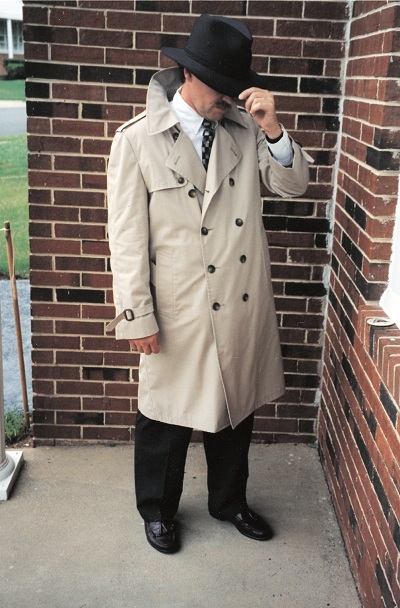Is Television Really Dead?

From somewhere out there in the sticks… Mario was chatting with a dog-walking buddy one day recently, when said buddy advanced the opinion that nobody watches broadcast television, or apparently cable television, anymore.
Said buddy watches series programming on DVD, and that is apparently the extent of said buddy’s television viewing, at least to hear him tell it. And he seems to think he is typical. Well, Mario ain’t so sure.
Is said buddy typical? Don’t bet on it. Has everyone abandoned broadcast TV and cable for online viewing? Don’t bet on it.
From some recent news items we learn that although the investment community thinks broadcast TV is going away, there is still growth occurring in the industry, based on advertising revenues. Local broadcast television is the historic cornerstone of television viewing in these United States.
What does local broadcast television still have that no other video medium has? Local content, of course. Mario knew you knew that.
LOCAL, BIG EVENTS
Local broadcast television also brings its viewers some other highly valued content, thanks to the affiliated broadcast networks. Mario refers to “big event” programming, such as the Olympics.
As we are aware, in addition to broadcast and cable, much 2012 Olympics coverage was available online.
The professional video industry's #1 source for news, trends and product and tech information. Sign up below.
According to a report by the Pew Research Center titled “Eight-in-Ten Following Olympics on TV or Digitally,” for the period of Aug. 2–5, 2012, 73 percent of respondents reported watching some Olympics coverage on television; while 17 percent reported watching some Olympics coverage online or digitally, and 12 percent reported following some Olympics coverage on social networking sites such as Facebook or Twitter. Television, broadcast or cable, still looks pretty dominant to Mario.
Not surprisingly, the younger the respondent, the more likely online and social media were to figure into the equation. About 31 percent of those aged 18–29 have followed Olympics coverage on social networking sites, as opposed to 11 percent of those between 30–49, 6 percent of those 50–64, and just 2 percent of those 65 and older.
Still, television rules, even among younger viewers. And, online and social networking appear to be supplements to television viewing, as 79 percent of those following the Olympics online or on social networks said they were also watching coverage on television.
Nor is Olympic coverage the only bigevent programming. Far from it. Let Mario call the reader’s attention to such extremely popular events as the Super Bowl and the Academy Awards? Or the plethora of college and professional football games, baseball games, and all the other live sports available on television? Very little of this kind of programming is available online. Why? Well, for one thing, it’s expensive to produce. For another, online does not provide the big audiences required to amortize the costs.
What’s happening in online advertising anyway? Online advertising forecasting firm EMarketer recently lowered its outlook for online ad-spending growth from 17.7 percent to 16.6 percent. Still a healthy growth forecast, to be sure, but a little bit revised downward.
Looks like the business outlook for many, if not most, media outlets is growing, if only by single digits, but we still, of course, have the analog dollars/digital pennies phenomenon, which might be restated as the television dollars/online pennies phenomenon.
So as Mario said previously, don’t count television, even old-fashioned broadcast television, out just yet.
